NATO drops rapid-reaction force plans
NATO is backing away from establishing a combat force capable of moving rapidly into conflict areas, officials have said.
Saturday, 22.09.2007.
15:15

NATO is backing away from establishing a combat force capable of moving rapidly into conflict areas, officials have said. NATO's decision to rethink the Response Force is a blow for the 26-member alliance, which was seeking a way to alter a cumbersome and reactive organization of the Cold War era to field flexible units capable of being deployed within days to carry out a range of operations, including counter-terrorism. NATO drops rapid-reaction force plans While NATO has changed significantly in recent years - seen in its involvement in combat in Afghanistan, for example - the way missions are financed and military equipment is procured has lagged. Moreover, analysts said, the future of the Response Force could send a signal to the European Union, which is establishing its own "battle groups" - units of about 1,500 troops that could be sent to a conflict zone within 10 days. "We are having trouble generating forces for all the missions that NATO, the EU, the UN and others need for missions around the world," said James Appathurai, the alliance's spokesman on Thursday. The scope and size of the NATO response force would be reassessed, he said. First proposed by Donald Rumsfeld in 2002, when he was the U.S. defense secretary, the NATO Response Force was to consist of 25,000 soldiers serving on six-month rotations. Groups of countries would commit land, air, naval or special forces for this duration. But some member states began to complain that the burden was too heavy and too costly because their own forces were assigned to the NATO missions in Afghanistan and Kosovo; the U.S-led coalition in Iraq; and the UN peacekeeping mission in Lebanon. Tomas Valasek, a defense expert at the Center for European Reform, a research institute in London, said: "NATO has a problem that affects the EU as well. There are simply not enough troops. NATO is asking member states to sign up to the Response Force at a time when more troops are needed for Afghanistan. NATO has hit a ceiling. The Response Force is a luxury member states cannot afford." The North Atlantic Treaty Organization has sent 40,000 soldiers to Afghanistan and 17,000 are still in Kosovo, nine years after the alliance deployed troops to the Serbian province. (NATO air forces bombed Serbia to stop Slobodan Milosevic's ethnic cleansing of Albanians in Kosovo.) Alliance officials said the Response Force lacked attack helicopters and heavy air transport. "A mission needs logistics, transport, field hospitals and at least treble the number of forces because the soldiers have to be rotated," a NATO official said. The shortcomings are almost identical in the NATO-led International Security Assistance Force in Afghanistan. That remains the case despite repeated calls by the NATO secretary general, Jaap de Hoop Scheffer, for alliance nations to send more troops and equipment, particularly to the south of the country, where NATO is engaged in heavy fighting with Taliban and Al Qaeda insurgents. The alliance also has had problems financing the Response Force and other missions. A NATO country that sends troops into an international peacekeeping force is obliged to pay for the troops under the system of "costs lie where they fall." That is a heavy burden for countries that contribute large numbers of troops. Britain, Canada and the Netherlands, for example, have sent the most soldiers to southern Afghanistan. De Hoop Scheffer has tried to change way such missions are financed: All nations, he suggests, should pay even if they did not send troops. Progress has been very slow, NATO diplomats said. "NATO should reform the way operations are financed," Valasek said. "There should be much more common funding." He warned that the EU's battle-groups program could face the same problem because its financing arrangements are similar. When the EU battle groups were launched three years ago, EU and NATO officials denied that the organizations were competing with each other and said both were affordable. "The reality is that NATO and the EU are chasing after the same highly skilled soldier and of course the same euro to finance these missions," said Peter Schmidt, a defense analyst at the German Institute for International and Security Affairs in Berlin. "There is now immense strain on the defense plans of NATO and the EU." NATO and EU missions are hampered by low defense budgets among almost all the states of both organizations. "For decades, successive secretary generals of NATO said defense budgets are too low to do the things we have to do," said Appathurai, the NATO spokesman. De Hoop Scheffer said that 7 of the 26 alliance members were meeting the benchmark of spending 2 percent of gross domestic product on defense. "It's clear that we need to do better here," he said. "I know that not any nation can reach the target immediately, but I think we should at least have the ambition to reach the 2-percent benchmark of GDP spending at a certain stage." But Valasek of the Center for European Reform said there were few signs that the finance ministries of NATO or EU countries were willing to increase spending. "We are going through troops like crazy," he said. "But it is not reflected in the budgets of the national governments. Governments are stuck in the sand."
NATO drops rapid-reaction force plans
While NATO has changed significantly in recent years - seen in its involvement in combat in Afghanistan, for example - the way missions are financed and military equipment is procured has lagged.Moreover, analysts said, the future of the Response Force could send a signal to the European Union, which is establishing its own "battle groups" - units of about 1,500 troops that could be sent to a conflict zone within 10 days.
"We are having trouble generating forces for all the missions that NATO, the EU, the UN and others need for missions around the world," said James Appathurai, the alliance's spokesman on Thursday. The scope and size of the NATO response force would be reassessed, he said.
First proposed by Donald Rumsfeld in 2002, when he was the U.S. defense secretary, the NATO Response Force was to consist of 25,000 soldiers serving on six-month rotations. Groups of countries would commit land, air, naval or special forces for this duration.
But some member states began to complain that the burden was too heavy and too costly because their own forces were assigned to the NATO missions in Afghanistan and Kosovo; the U.S-led coalition in Iraq; and the UN peacekeeping mission in Lebanon.
Tomas Valasek, a defense expert at the Center for European Reform, a research institute in London, said: "NATO has a problem that affects the EU as well. There are simply not enough troops. NATO is asking member states to sign up to the Response Force at a time when more troops are needed for Afghanistan. NATO has hit a ceiling. The Response Force is a luxury member states cannot afford."
The North Atlantic Treaty Organization has sent 40,000 soldiers to Afghanistan and 17,000 are still in Kosovo, nine years after the alliance deployed troops to the Serbian province. (NATO air forces bombed Serbia to stop Slobodan Milosevic's ethnic cleansing of Albanians in Kosovo.)
Alliance officials said the Response Force lacked attack helicopters and heavy air transport. "A mission needs logistics, transport, field hospitals and at least treble the number of forces because the soldiers have to be rotated," a NATO official said.
The shortcomings are almost identical in the NATO-led International Security Assistance Force in Afghanistan. That remains the case despite repeated calls by the NATO secretary general, Jaap de Hoop Scheffer, for alliance nations to send more troops and equipment, particularly to the south of the country, where NATO is engaged in heavy fighting with Taliban and Al Qaeda insurgents.
The alliance also has had problems financing the Response Force and other missions. A NATO country that sends troops into an international peacekeeping force is obliged to pay for the troops under the system of "costs lie where they fall." That is a heavy burden for countries that contribute large numbers of troops. Britain, Canada and the Netherlands, for example, have sent the most soldiers to southern Afghanistan.
De Hoop Scheffer has tried to change way such missions are financed: All nations, he suggests, should pay even if they did not send troops. Progress has been very slow, NATO diplomats said.
"NATO should reform the way operations are financed," Valasek said. "There should be much more common funding." He warned that the EU's battle-groups program could face the same problem because its financing arrangements are similar.
When the EU battle groups were launched three years ago, EU and NATO officials denied that the organizations were competing with each other and said both were affordable.
"The reality is that NATO and the EU are chasing after the same highly skilled soldier and of course the same euro to finance these missions," said Peter Schmidt, a defense analyst at the German Institute for International and Security Affairs in Berlin. "There is now immense strain on the defense plans of NATO and the EU."
NATO and EU missions are hampered by low defense budgets among almost all the states of both organizations. "For decades, successive secretary generals of NATO said defense budgets are too low to do the things we have to do," said Appathurai, the NATO spokesman.
De Hoop Scheffer said that 7 of the 26 alliance members were meeting the benchmark of spending 2 percent of gross domestic product on defense.
"It's clear that we need to do better here," he said. "I know that not any nation can reach the target immediately, but I think we should at least have the ambition to reach the 2-percent benchmark of GDP spending at a certain stage."
But Valasek of the Center for European Reform said there were few signs that the finance ministries of NATO or EU countries were willing to increase spending. "We are going through troops like crazy," he said. "But it is not reflected in the budgets of the national governments. Governments are stuck in the sand."



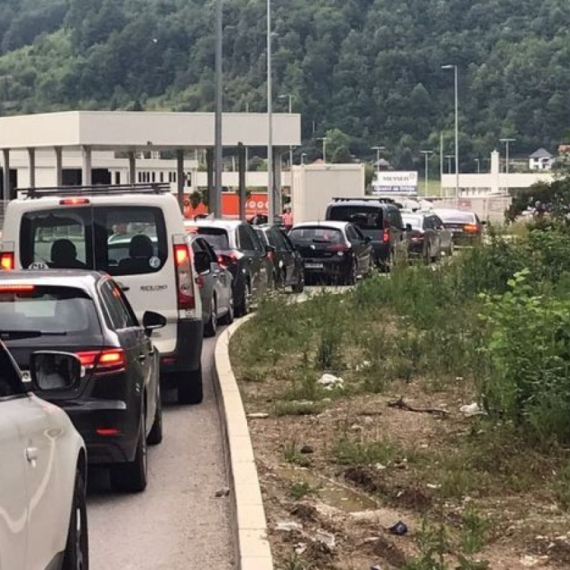
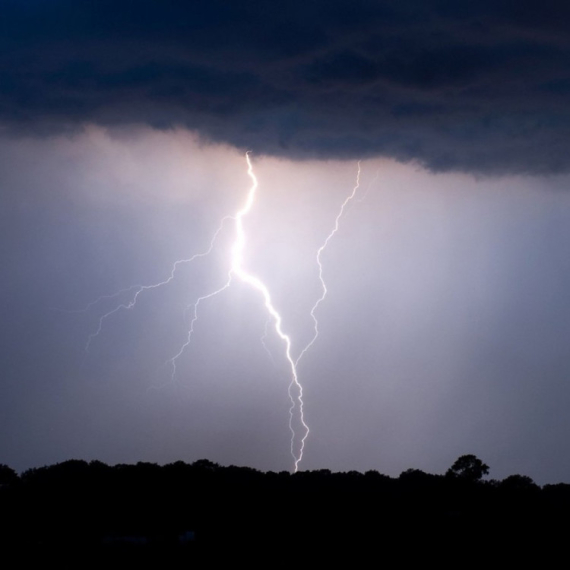
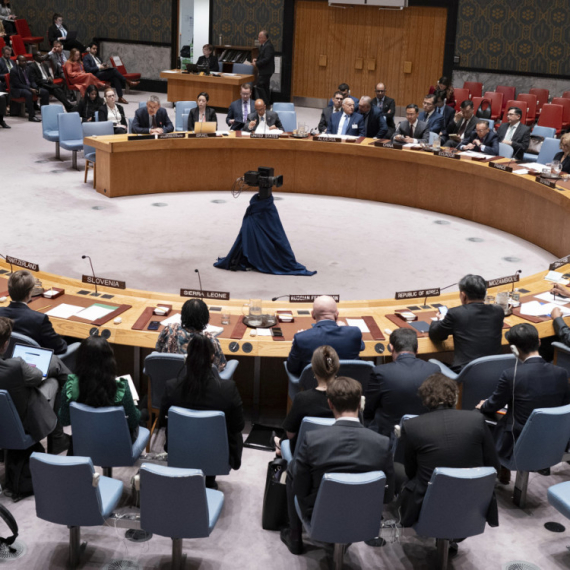
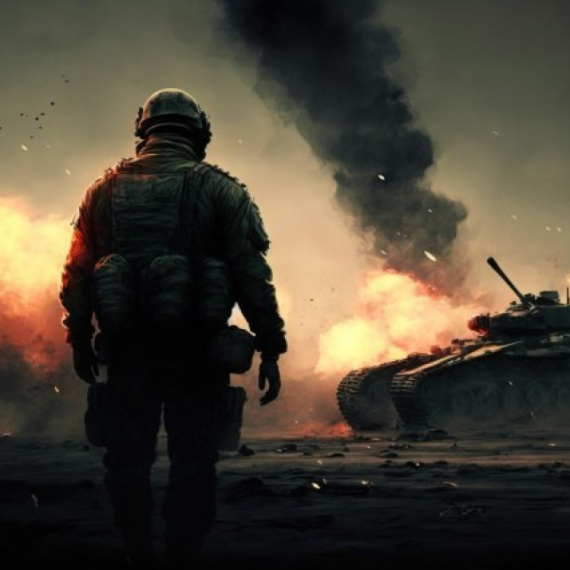




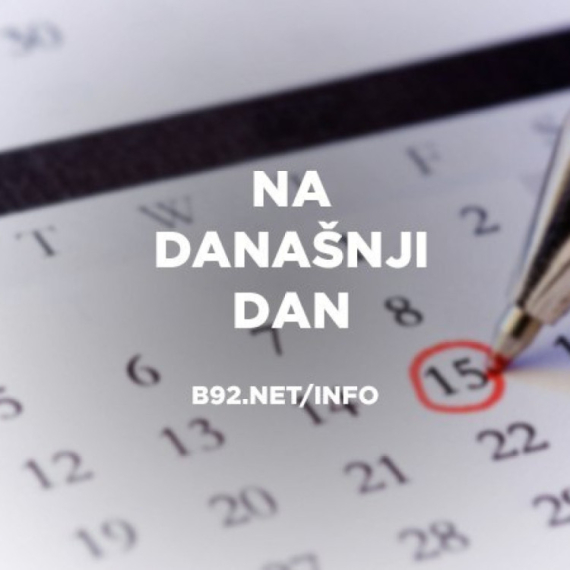
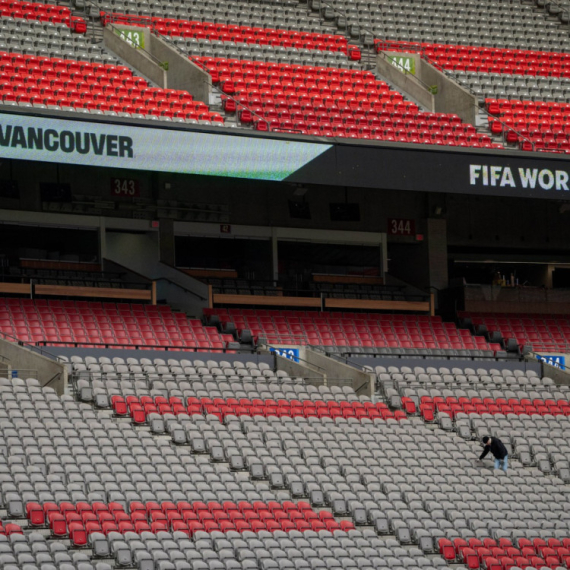
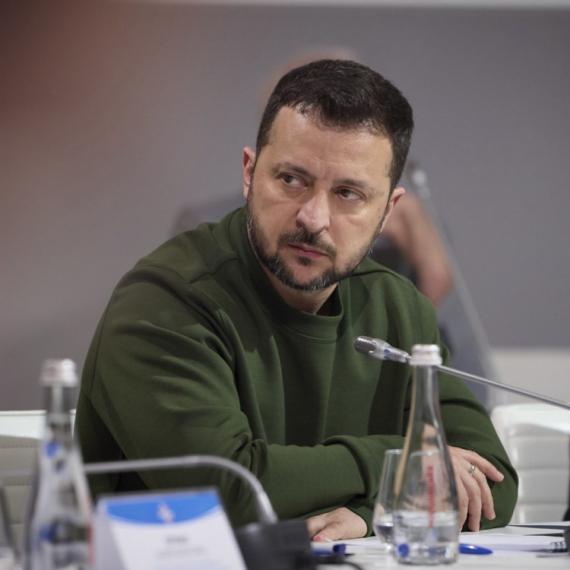
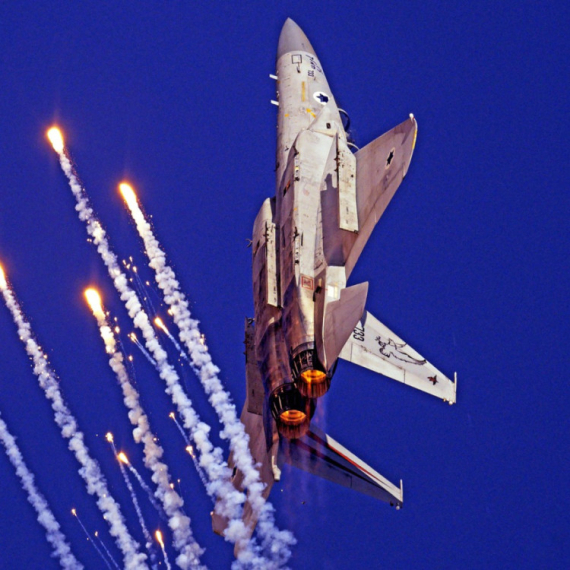
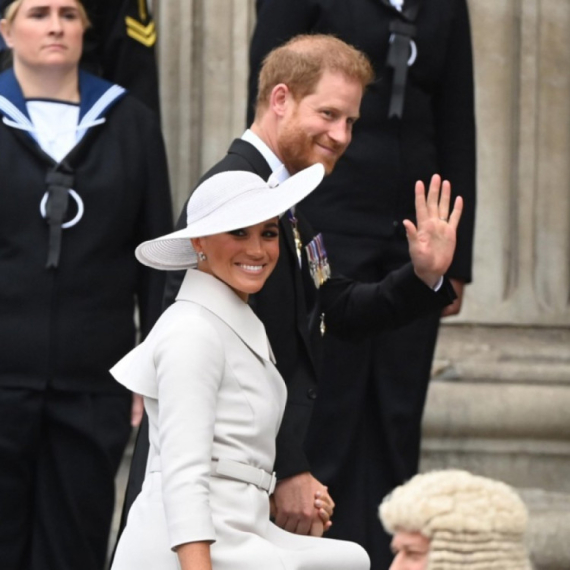

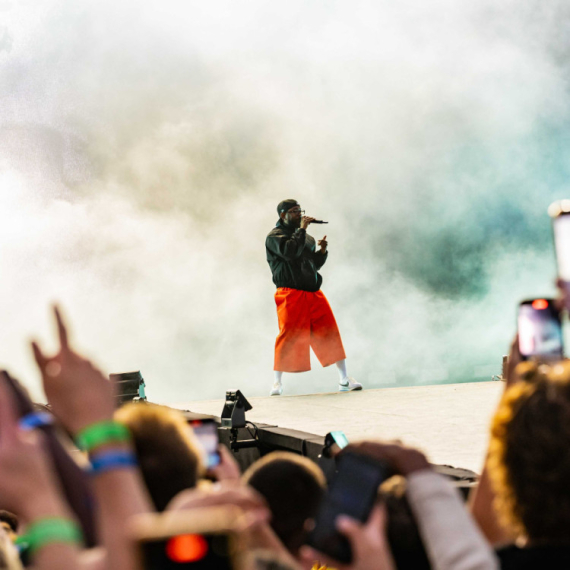
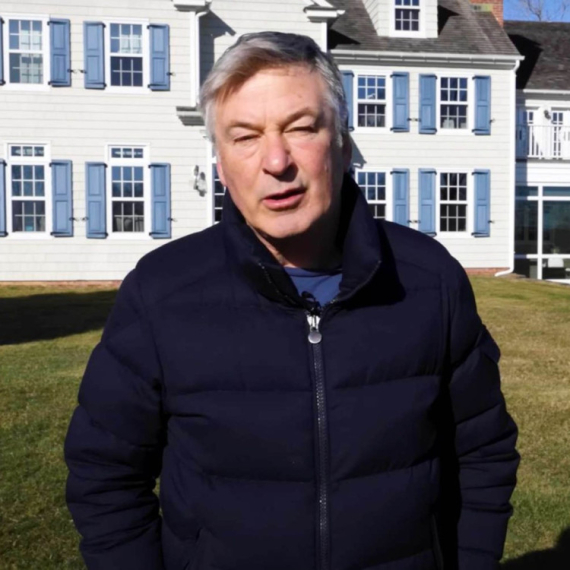







Komentari 2
Pogledaj komentare